![]() | |
| Send this page to your friend or yourself then click here | | Be a part of our web service by spreading the word out. To continue please click here | |
|
Floating Floors
Do you want to know more about
floating floors?
Floating floors generally click or snap together and float above the sub-floor instead of being nailed or glued into place. Floating wood floors make an excellent choice over Radiant heat,concrete, linoleum, hard to remove or correct surfaces.
All floating floors will expand and contract responding to the humidity/moisture levels in the home. Allow this normal movement by ensuring the recommended expansion gap per product. Also for rooms over 26' in length floating floor manufactures recommend a center expansion because once all the boards are clicked together the flooring can be very heavy. This center expansion allows the heavy weight of the total floor additional center movement relief if needed, preventing possible center buckling of the floor.
Adding more expansion around the wall of larger rooms helps. The best advice is to follow manufactures recommendations for center expansion with 'T' type moldings. Often this can be employed at doorways or at the start of a hallway.
Some hardwood floors work well over radiant heat such as Floating and Engineered. For solid wood always shop for stability. Ask your sales person about this. Be sure to follow the radiant heat manufacturers guidelines.
Not all species of wood are good candidates for an installation over radiant heating. When possible, choose a species that is known for its stability.
Floating Floor is a great option because the floorboards are locked together at the joints of each board and not nailed or adhered to the subfloor.
Floating Floors
|

Description : Bruce Hardwood L0117S81 American Home 8mm Pecan Natural Laminate:In order to maintain warranty & integrity of the floor, Bruce recommends the use of only Bruce branded products like underlayment, pads, moldings and installation kits as needed with every job.
Keywords : Bruce Hardwood Floor Wax, Bruce Hardwood Flooring Installation
Read American Home 8mm Pecan Natural Laminate-Bruce Hardwood reviews.
Price : $1.99 USD
|
|
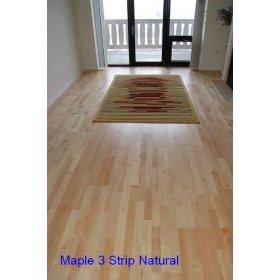
Description : The beautiful Maple floating wood floor features 3-ply and 3-strip with square edges on all four sides. Custom made transition pieces and Floor Muffler underlaument are ready to be ordered with your purchase. This floor can be installed on any level of your house by floating, glue-down, or staple down.
Keywords : Floating Floors Products, Woodwork Floors
Read Engineered Floating Hardwood Wood Floor Flooring-Maple Natural Prefinished reviews.
Price : $3.29 USD
|
|

Description : Cork flooring is manufactured using cork harvested without harming the cork oak and from by-products of wine cork production. Cork flooring is resilient, quiet, and easy to install. Evora Cork is manufactured with an integral cork underlay for easy installation. Natural Cork Flooring is characterized by small, consistent granules of cork.. Classic Cork Flooring contains a wide variety of granule sizes in a random pattern.
Keywords : Cork Flooring Durability, Cork Flooring Reviews, Cork Flooring Pictures
Read Cava Cork Flooring reviews.
Price : $3.69 USD
|
|
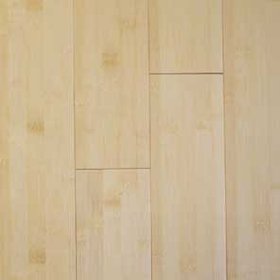
Description : Design Flooring Collection Natural Horizontal Solid Bamboo 3.75 x 5/8 is your choice for a superior flooring job. While hundreds of companies produce beautiful hardwood floors, this hardwood will be noticed by all for years to come.
Keywords : Rustic Bamboo Floor, Solid Wood Flooring Bamboo, Buy Bamboo Wood Floors
Read Solid Bamboo Natural Horizontal 3.75 x 5/8 reviews.
Price : $4.04 USD
|
|

Description : This listing is for 2 pc(5"x 8") samples. This 3/4" solid prefinished flooring is precision milled with the highest quality equipment available and finished with Bona durable high quality Aluminum Oxide finish. With 25 years Residential/Lifetime Structure Warranty.
Keywords : Br111 Exotic Hardwood Floors
Read Solid Prefinished Hardwood Flooring-Tigerwood Brazilian Koa reviews.
Price : $5.49 USD
|
|
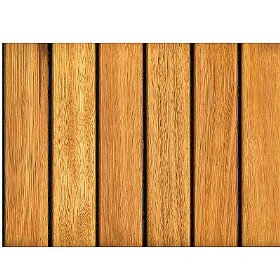
Description : 10 S/FT, 10 per Box, 12 Inch long, 12 Inch wide thick, 22 lbs, Brown, Solid, Strip, Teak Oil, Eucalyptus, 1125 Janka hardness, Smooth, Interlocking edge, Interlocking end, locking floor installed without glue, 1 year warranty sold by the box.
Keywords : Pine Hardwood Floor, Mosaic Wood Floor Tiles A4
Read Hardwood Flooring-Vifah Snapping Deck Tiles reviews.
Price : $49.22 USD
|
|
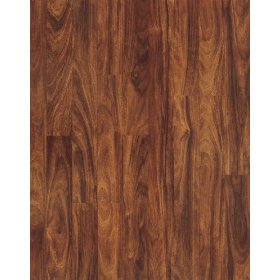
Description : ACCOALDE planks offer a premium attached underlayment, making it a breeze to install and highly cost-effective. Looking for superior protection against spills and seams that collect dust and dirt? This floor is guarantees never to fade, wear or stain- so you'll never see where the rug used to be!
Keywords : Laminate Flooring Manufacturers, Laminate Flooring Cleaning, Laminate Tile Flooring
Read Midnight Mahogany-Pergo 02616 Accolade Laminate Flooring reviews.
Price : $50.84 USD
|
|

Description : The beauty and warmth of wood with the easy maintenance of laminate. Simply vacuum or dust mop your floor to keep it clean and beautiful for years of enjoyment.
Keywords : Appalachian Hardwood Floors Spanish Hickory Panera
Read Appalachian Hickory-Moderna Perfection Special Edition Laminate Flooring Planks reviews.
Price : $51.49 USD
|
|
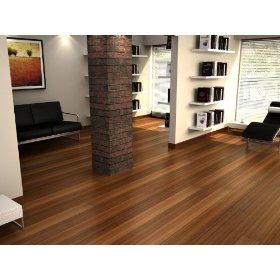
Description : This is for one carton of 17.04 sq.ft bamboo carbonized line flooring. This collection features 3-ply plank solid engineered hardwood floor, 1-strip top layer with 5.6 mm nominal micro bevel face, has a uniform size, very stable in construction.
Keywords : Engineered Hardwood Samples, Engineered Hardwood Reviews,
Read Bamboo Line Solid Engineered Hardwood Floors reviews.
Price : $85.03 USD
|
|